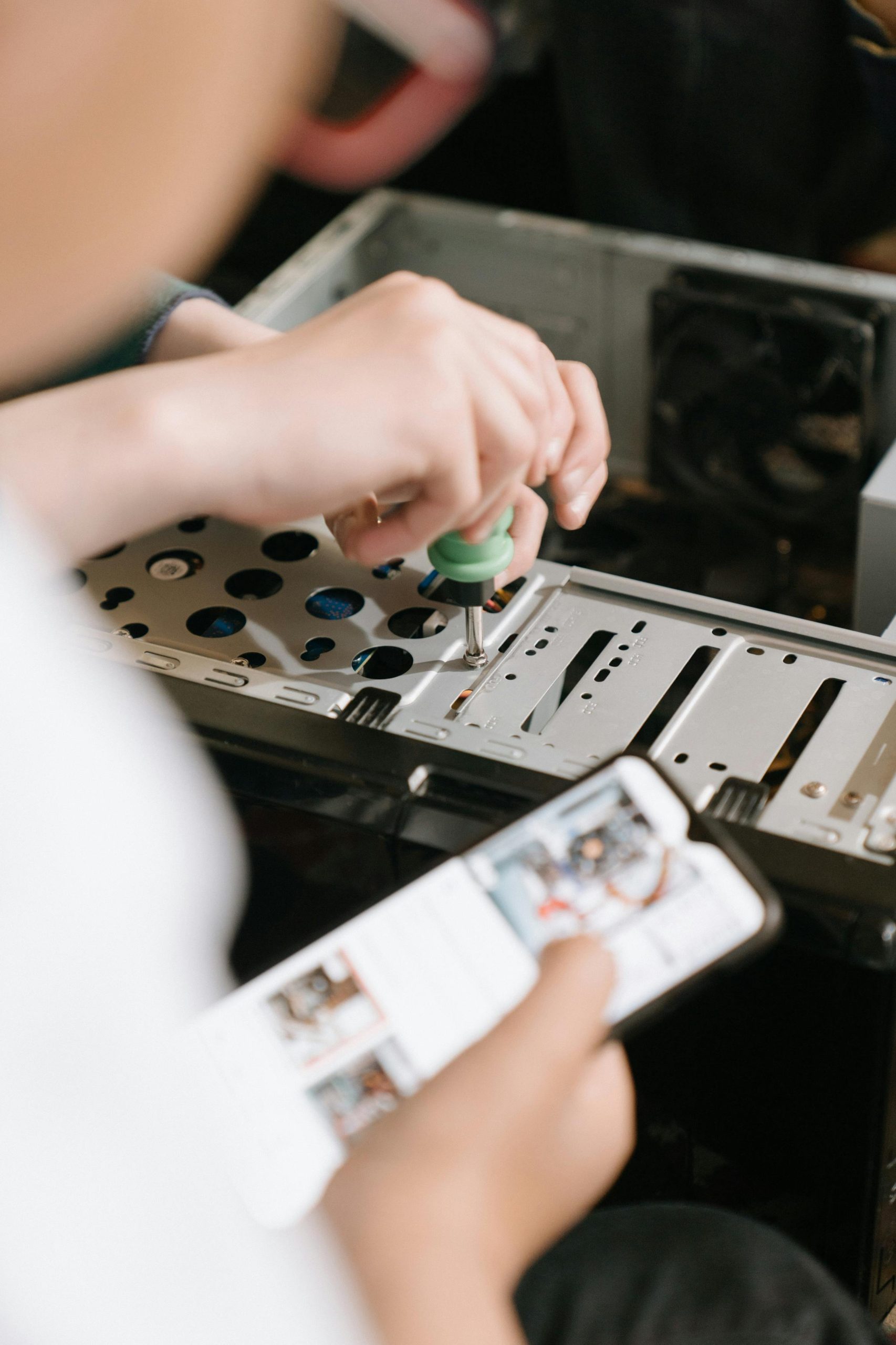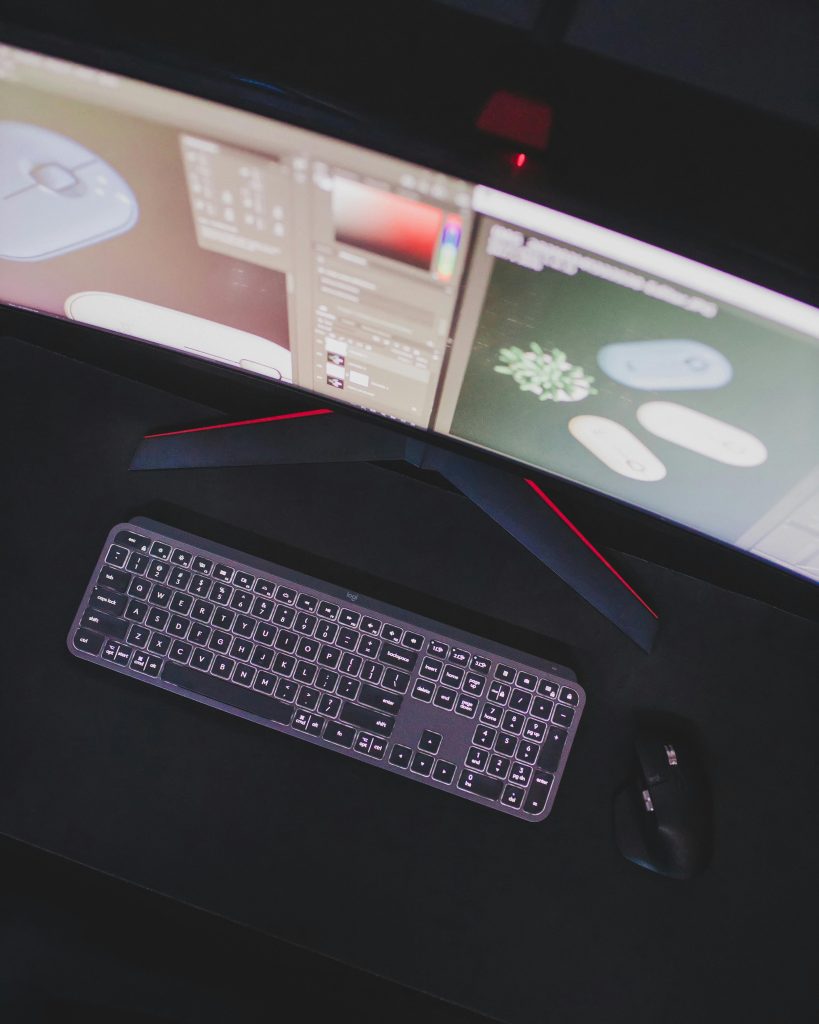Troubleshooting GPU Issues on a Used Laptop: A Tech Guy’s Dilemma
As an IT professional, I pride myself on solving technical issues, but I’m currently stumped by a particularly perplexing problem. After purchasing a used laptop featuring an Nvidia 3060 GPU from my workplace, everything was functioning beautifully for about two weeks. However, the GPU suddenly ceased to work just a couple of days ago, leaving me in a bit of a bind.
To resolve this issue, I have attempted a variety of solutions that are commonly recommended in the tech community. Here’s a rundown of my troubleshooting steps so far:
-
Driver Reinstallation: I removed the existing drivers and downloaded the latest version from the Nvidia website, yet the problem persists.
-
BIOS Updates: I explored updating the BIOS to the most recent version available. I even reverted to older BIOS versions to see if that would help.
-
Windows Updates: I tried both updating and rolling back Windows updates, hoping that a previous update might be the culprit.
-
Complete Windows Reinstallation: In a last-ditch effort, I performed a fresh installation of Windows, but unfortunately, that didn’t rectify the situation.
Despite these efforts, the GPU appears within Device Manager, indicating that the system recognizes it. However, no applications are able to detect or utilize the graphics card.
At this point, I’m reaching out to the community for any insights or recommendations that might help me resolve this issue. Has anyone else encountered a similar challenge with a laptop GPU not being recognized by programs? Any advice would be greatly appreciated!
Share this content:




This is indeed a perplexing issue, especially given your thorough troubleshooting steps. The fact that the GPU appears in Device Manager but isn't utilized by applications points to a deeper problem than simple driver or software conflicts. Here's a breakdown of further diagnostics and potential solutions, drawing on common scenarios for laptop GPU failures:
Advanced Troubleshooting for an Nvidia RTX 3060 Laptop GPU:
1. Check GPU Status and Error Codes in Device Manager (More Detail):
Go beyond "appears": While it shows up, are there any warning triangles or error codes associated with the 3060? Right-click the GPU in Device Manager, go to "Properties," and check the "Device status" box. Even if it says "This device is working properly," sometimes a subtle message or a specific error code (e.g., Code 43) can give a clue.
Driver Details: Under the "Driver" tab in the GPU properties, verify the driver version and date. Does it match exactly what you expect from your Nvidia download?
2. Verify GPU Activity with Diagnostic Tools (Beyond Application Recognition):
Nvidia Control Panel: Even if applications aren't using it, can you open the Nvidia Control Panel? If so, navigate to "Manage 3D settings" and check the "Preferred graphics processor." Is it set to "High-performance NVIDIA processor" or "Auto-select"? Try explicitly setting it to the Nvidia GPU.
GPU-Z: This is a fantastic third-party tool. Download and run it. It will show you detailed information about your GPU. Crucially, check the "Sensors" tab. Does it report clock speeds, temperatures, and memory usage? If these are all at 0 or very low, it's a strong indicator the GPU isn't actively engaging. Also, check the "Bus Interface" and "Memory Type" to ensure they are correctly detected.
HWMonitor/AIDA64: Similar to GPU-Z, these tools can monitor various hardware components. Check if they detect the RTX 3060 and if any readings (clocks, temperatures, power draw) are being reported when you try to launch a GPU-intensive application.
3. Examine Integrated Graphics (if applicable):
Is the system defaulting to integrated graphics? Many laptops have an integrated GPU (Intel Iris Xe, AMD Radeon Graphics) in addition to the dedicated Nvidia card. Even with the Nvidia GPU "visible," applications might be defaulting to the integrated one.
Disable Integrated Graphics (Cautiously): In Device Manager, under "Display adapters," you might see both the Nvidia 3060 and the integrated graphics. As a test, you could try disabling the integrated graphics. Be extremely cautious doing this, as it could potentially lead to a black screen if the Nvidia GPU truly isn't functioning. If you do this, ensure you know how to boot into Safe Mode to re-enable it if necessary.
BIOS/UEFI Settings: Some laptop BIOS/UEFI settings allow you to choose a "primary display adapter" or enable/disable Optimus/Mux Switch features. Look for options related to graphics switching or integrated/dedicated graphics. Ensure it's set to use the discrete GPU or "Dynamic."
4. Power Management and PCIe Link State:
Power Options: In Windows Power Options, go to your current power plan settings, then "Change advanced power settings." Expand "PCI Express" and then "Link State Power Management." Set it to "Off." This prevents the PCIe link to the GPU from being powered down, which can sometimes cause detection issues.
Nvidia Control Panel Power Management Mode: In Nvidia Control Panel, under "Manage 3D settings" -> "Power management mode," try setting it to "Prefer maximum performance."
5. System File Corruption / Low-Level Software Conflict:
SFC Scannow & DISM: Even after a fresh Windows install, it's worth running these commands from an elevated Command Prompt:
sfc /scannow(Checks for and repairs corrupted Windows system files)DISM /Online /Cleanup-Image /RestoreHealth(Repairs the Windows image itself)Clean Driver Installation (DDU – Display Driver Uninstaller): You mentioned driver reinstallation, but did you use DDU? This tool is crucial for completely removing all traces of previous display drivers (Nvidia, AMD, Intel) to prevent conflicts.
Download DDU from Guru3D.
Download the Nvidia drivers you want to install beforehand.
Boot Windows into Safe Mode.
Run DDU, select "GPU" and then "NVIDIA," and choose "Clean and restart."
After restarting, install the fresh Nvidia drivers you downloaded.
6. Hardware-Level Diagnostics (Increasingly Likely):
Thermal Issue/Component Failure: Given it worked for two weeks and then stopped, a thermal issue or a component failure on the GPU itself is a strong possibility.
Overheating: Even if you haven't been gaming heavily, previous usage could have stressed it. Have you monitored temperatures using the tools mentioned above (GPU-Z, HWMonitor)? If the GPU is hitting a thermal throttle limit or experiencing a complete failure, it might show up in Device Manager but refuse to activate.
Cold Boot Test: Does the issue persist after the laptop has been completely off and cold for several hours? Sometimes a marginal component will work when cold but fail once it warms up.
Re-seating (if possible/advised for laptop): On a laptop, re-seating a GPU is usually not an option as they are soldered to the motherboard. However, if the laptop has an MXM module (rare for consumer laptops with RTX 3060, but some workstations or high-end gaming laptops might), then re-seating could be an option.
VRAM Failure: A common point of failure on GPUs is the VRAM. If even a single memory module fails, the entire GPU can become unstable or refuse to initialize properly, leading to symptoms like yours.
Motherboard VRM Issue: The Voltage Regulator Modules (VRMs) on the motherboard that supply power to the GPU can fail. If the GPU isn't getting stable or sufficient power, it won't function correctly even if detected.
PCIe Slot/Lane Issue: Less likely since it's detected, but a subtle issue with the PCIe lanes connecting the GPU to the CPU could cause problems with data transfer, preventing applications from utilizing it.
7. Test with a Live Linux USB:
This is a powerful diagnostic step. Booting from a Live Linux USB (like Ubuntu) will use open-source Nouveau drivers for Nvidia GPUs. If the GPU is detected and functions (e.g., you can change screen resolution, or it shows up in
lspci -kwith the Nouveau driver loaded) within Linux, it points back to a persistent Windows-side software or driver conflict that even your clean installs haven't resolved. If it still doesn't work in Linux, it's very strong evidence of a hardware failure.8. Consider Professional Repair/Diagnosis:
At this point, if none of the above yield results, it's highly likely a hardware issue. Since you got it from your workplace, you might explore if there's any internal IT support that could diagnose it with specialized tools or attempt a board-level repair if they have those capabilities.
Otherwise, a reputable laptop repair shop would be your next step. They can perform more in-depth diagnostics, including testing individual components on the motherboard, or even attempting a reflow/reball (though these are often temporary fixes for solder joint issues).
Summary of Likelihoods:
Most Likely (Given your steps): Hardware failure (GPU itself, VRAM, or motherboard power delivery).
Less Likely (But still possible): Extremely persistent low-level software/driver conflict that DDU might resolve if not used before.
Least Likely: Simple Windows update/BIOS issue given your extensive efforts.
Keep us updated on your findings! This is a challenging one, but with systematic troubleshooting, you should be able to pinpoint the root cause.